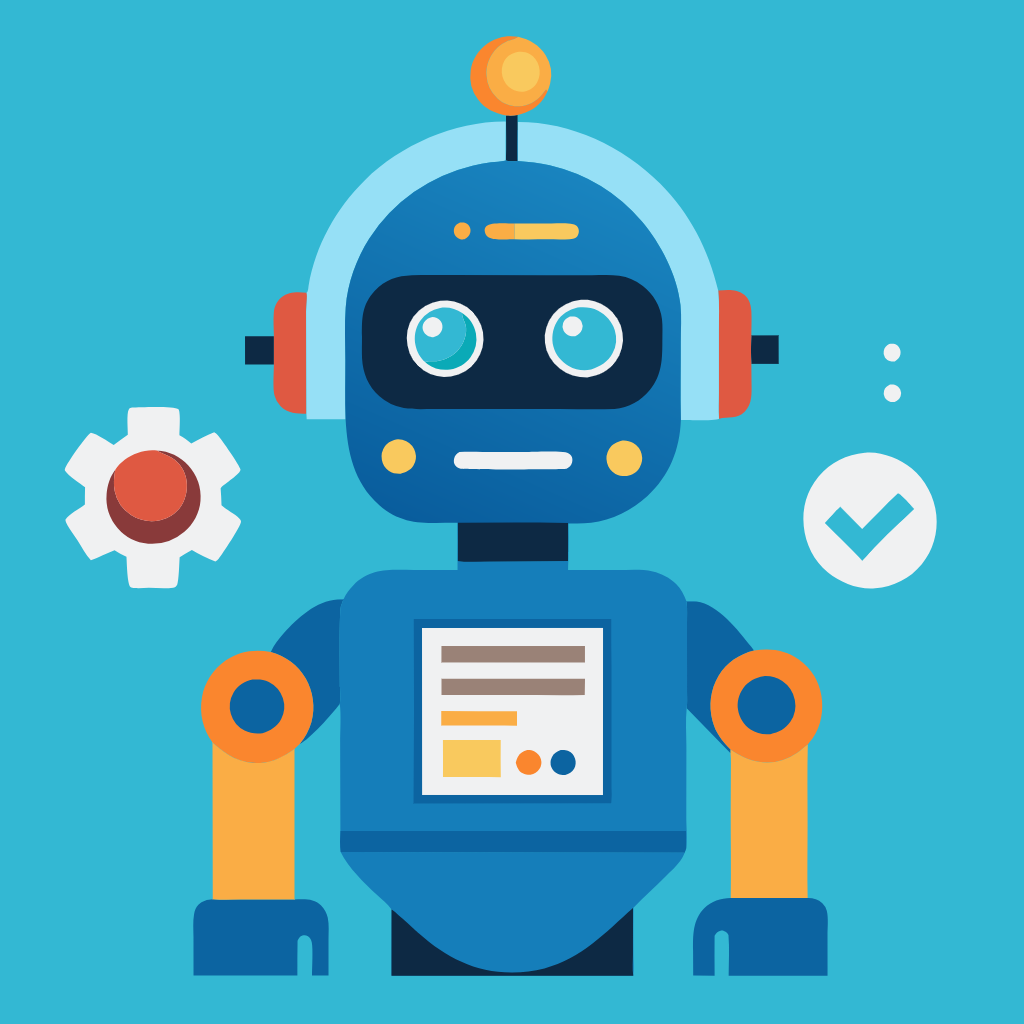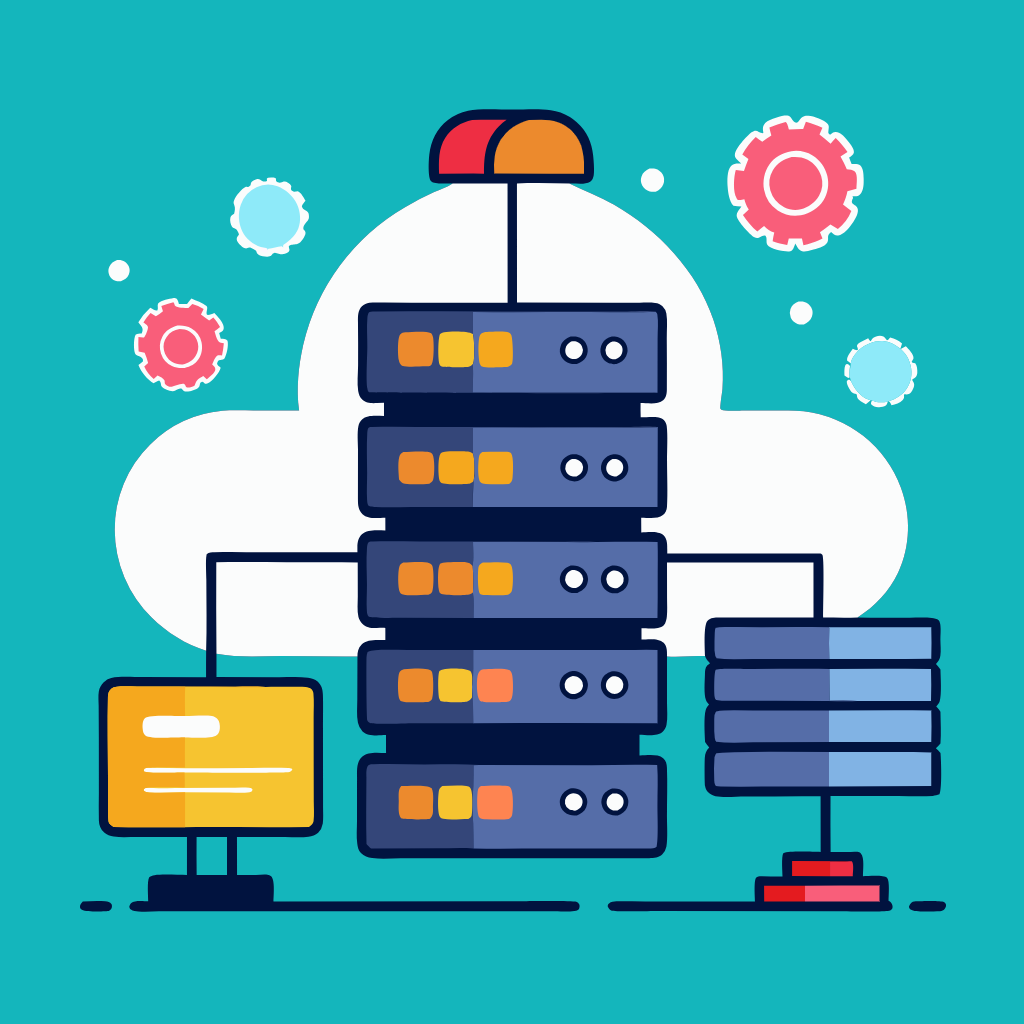The Internet of Things (IoT) has woven itself into the fabric of our lives, connecting devices and generating a tidal wave of data. But what good is all this information if it remains untapped? This is where Data-Driven Decision Making (DDDM) steps in, transforming the vast potential of IoT data into actionable insights.
Imagine sensors embedded in your factory machines, sending real-time performance data. With DDDM, you can:
- Predict and prevent equipment failures: Analyze historical data to identify patterns that predict impending issues, enabling proactive maintenance and avoiding costly downtime.
- Optimize energy consumption: Track energy usage across devices and identify areas for improvement, leading to sustainable practices and reduced operational costs.
- Personalize customer experiences: Gather data on individual preferences and usage patterns to deliver tailored recommendations and enhance customer satisfaction.
These are just a few examples of how DDDM empowers businesses across industries. But how does it actually work? Let’s break it down:
- Define your goals: What challenges do you want to address or opportunities do you want to seize? Clearly defined goals guide data collection and analysis.
- Collect relevant data: Utilize sensors, wearables, smart meters, and other IoT devices to capture data relevant to your goals.
- Clean and prepare the data: Ensure data accuracy and consistency by removing errors and transforming it into a usable format.
- Analyze and extract insights: Employ data visualization tools and analytics techniques to uncover patterns, correlations, and trends within the data.
- Make informed decisions: Translate insights into actionable steps, be it preventive maintenance schedules, targeted marketing campaigns, or product design improvements.
- Monitor and measure impact: Track the effectiveness of your data-driven decisions and refine your approach based on the results.
The Benefits of DDDM in IoT:
- Optimized Operations: By continuously collecting and analyzing data from IoT sensors and devices, organizations can gain deep insights into operational performance. For instance, in manufacturing, real-time data on equipment performance and product quality can enable predictive maintenance, reducing downtime and enhancing productivity.
- Enhanced Customer Experience: Understanding customer behavior and preferences is pivotal for delivering personalized experiences. In retail, IoT-enabled devices such as beacons and RFID tags can track customer movements, enabling retailers to tailor promotions and layout designs to optimize sales and customer satisfaction.
- Predictive Maintenance: Traditional maintenance schedules are often inefficient and costly. DDDM in IoT allows organizations to adopt a proactive approach by predicting equipment failures before they occur. By analyzing historical data and real-time performance metrics, maintenance activities can be optimized, reducing costs and minimizing disruptions.
- Supply Chain Optimization: In a globalized economy, supply chain efficiency is critical for competitiveness. IoT sensors can track inventory levels, monitor transportation conditions, and provide real-time visibility into the entire supply chain. This enables companies to streamline logistics, minimize delays, and respond promptly to disruptions.
- Data Monetization Opportunities: Beyond internal operations, IoT-generated data can also be leveraged for revenue generation. Organizations can explore monetization avenues by offering data analytics services, developing new products based on customer insights, or participating in data-sharing partnerships within their industry ecosystem.
- Risk Mitigation and Compliance: IoT data analytics can help identify potential risks and ensure regulatory compliance. For instance, in healthcare, IoT devices can monitor patient vital signs and detect anomalies in real-time, enabling healthcare providers to intervene promptly and prevent adverse events.
- Continuous Improvement through Feedback Loops: DDDM in IoT is not a one-time endeavor but a continuous cycle of data collection, analysis, and action. By incorporating feedback loops, organizations can iteratively improve their processes, products, and services based on real-world data and user feedback.
Making the Leap to DDDM:
Implementing DDDM in your organization requires careful planning and investment. Here are some key steps:
- Build a data culture: Foster a data-driven mindset within your team, encouraging data exploration and analysis.
- Invest in the right tools: Choose data analytics platforms and data visualization tools that suit your specific needs.
- Develop data expertise: Upskill your team in data analysis and interpretation to maximize the benefits of IoT data.
The future of IoT is data-driven. By harnessing the power of DDDM, you can unlock the full potential of interconnected devices, transforming your business into a data-driven powerhouse. Embrace the data wave and watch your organization rise to the top!
In conclusion, Data-Driven Decision Making in IoT empowers organizations to unlock new opportunities, optimize operations, and drive innovation. By harnessing the wealth of data generated by interconnected devices, businesses can gain a competitive edge in today’s digital landscape. Embracing this paradigm shift towards data-driven insights is not just a strategic advantage but a necessity for thriving in the era of IoT-enabled transformation.
Discover more from Susiloharjo
Subscribe to get the latest posts sent to your email.





